- No products in the cart.
Azitroks prig.susp.dlya powder for oral 100mg / 5ml vial 15.9g one piece with the measuring spoon and a pipette
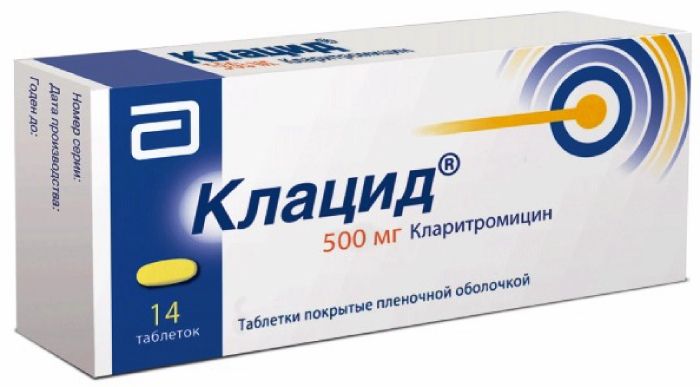
Klatsid tab n / 500mg film about 14 pc
$17.88

Ceftriaxone biochemist powder for solution for injection vial 1 piece 1d sol. 5ml ampoules 2 pcs
$4.71
$3.88
Azitroks prig.susp.dlya powder for oral 100mg / 5ml vial 15.9g one piece with the measuring spoon and a pipette
SKU: 942775283 Categories: Antibiotics, Antibiotics, antimicrobial, antiparasitic, Medicaments Tags: azithromycin, OTISIFARM
Description
Composition
Active substance:
1 vial of suspension contains: azithromycin dihydrate azithromycin, based on 419.3 mg (400 mg) and 838.6 mg (800 mg).
Excipients:
Sucrose (sugar), sodium carbonate (anhydrous sodium carbonate), xanthan gum (xanthan gum), giproloza (hydroxypropyl cellulose), flavor “banana” flavor “Cherry” flavor “vanilla.”
Description:
Crystalline or granular powder white or white with yellowish or Valium a color shade or light yellow color with a faint fruity odor.
Description of the cooked slurry. Homogeneous suspension of white or light gray or yellowish kremovatam to light yellow color with a characteristic fruity odor.
Product form:
powder for suspension for oral administration 100 mg / 5 mL or 200 mg / 5 ml.
By 15.9g vials with 50 ml of a dark (amber) glass. One vial together with instructions for use, measuring spoon and dispensing pipette is placed in a pile of cardboard.
Contraindications
Hypersensitivity to azithromycin; other macrolides (including erythromycin ketolides) or other components of the formulation; abnormal liver function, severe (no efficacy and safety data); renal impairment (creatinine clearance less than 40 mL / min (no efficacy and safety data)); deficit sucrase / isomaltase, fructose intolerance, glucose-galactose malabsorption; Children under 6 months; breast-feeding; concomitant use of ergotamine and dihydroergotamine.
Carefully
In human liver mild-moderate; impaired renal mild to moderate severity function (CC 40 ml / min); patients with presence proaritmogennoe factors (especially in the elderly): with congenital or acquired QT interval prolongation; coupled with a class IA antiarrhythmic agents (quinidine, procainamide), III (dofetilide, amiodarone and sotalol), cisapride, terfenadiiom, antipsychotics (pimozide), aitidepressantami (citalopram), fluoroquinolones (levofloxacin and moxifloxacin); with impaired water and electrolyte balance, especially in the case of hypokalemia or rod-pomagniemii, with clinically significant bradycardia, severe arrhythmia or heart failure; simultaneous application terfenadnna, warfarin, digoxin, CEC-losporina, pregnancy, myasthenia gravis, diabetes.
Dosage
100 mg / 5 ml
Indications
Infectious and inflammatory diseases caused by susceptible to azitromitsi-well micro-organisms, including: upper respiratory and ENT, including pharyngitis / tonsillitis, sinusitis, otitis media; lower respiratory tract, including acute bronchitis, acute exacerbations of chronic bronchitis and community-acquired pneumonia; urinary tract infections caused by Chlamydia trachomatis (urethritis, cervicitis); skin and soft tissue infections (acne vulgaris (acne) moderate, erysipelas, impetigo, secondarily infected dermatoses); Lyme disease – the initial stage (erythema migrans – erythema migrans) ;.
Interaction with other drugs
Antacids (aluminum and magnesium-containing) does not affect the bioavailability of azithromycin, but reduce its Cmax by 30%, and the drug should be taken at least one hour before or two hours after taking these drugs.
Azithromycin concentration does not affect carbamazepine, cimetidine, didanosine, efavirenz, fluconazole, indinavir, midazolam, theophylline, triazolam, trimethoprim-sulfamethoxazole, cetirizine, sildenafil, atorvastatin, rifabutin and blood, while the application of methylprednisolone.
With simultaneous use of azithromycin and cyclosporin dose correction needed cyclosporin. When simultaneous administration of digoxin and azithromycin is necessary to monitor the concentration of digoxin in the blood, as many macrolides digoxin enhance absorption in the gut, thereby increasing its Cmax.
While the use of derivatives of ergotamine and dihydroergotamine may increase the toxic action (vasospasm, dysesthesia) of the latter.
If necessary, the simultaneous reception indirect anticoagulants (warfarin, etc. Anticoagulant coumarin type) is recommended to monitor the prothrombin time.
It is found that the simultaneous reception of terfenadine, and cisapride or macrolide antibiotics class causes arrhythmia and lengthening the interval QT. On this basis, we can not exclude the above-mentioned complications of joint application of azithromycin and terfenadine.
When co-administered azithromycin and zidovudine, azithromycin had little effect on the pharmacokinetics, including renal excretion, zidovudine or its glucuronide metabolite; azithromycin weakly interacts with the cytochrome P450 isoenzymes, it is not revealed that azithromycin is involved in pharmacological interactions analogous to erythromycin and other macrolides, azithromycin is not an inducer and an inhibitor of cytochrome P450 isoenzymes.
At the same time taking azithromycin and rifabutin in rare cases may develop neutropenia, developing a mechanism which, as well as the existence of a causal connection with the admission of the drug have not been established.
The simultaneous use of azithromycin (1200 mg) and nelfinavir (750 mg 3 times a day) causes an increase of the equilibrium concentration of azithromycin in plasma, clinically significant side effects were observed and correction dose of azithromycin when applied simultaneously with nelfinavir not required.
some were reported cases of rhabdomyolysis in patients receiving both azithromycin and statins.
Overdose
When receiving high doses may occur amplification dose-related side effects: temporary hearing loss, severe nausea, vomiting, diarrhea. Treatment: the appointment of activated charcoal, symptomatic therapy, monitoring vital functions.
pharmachologic effect
Pharmacological group:
Antibiotic-azalide.
Pharmacological properties:
Azithromycin – bacteriostatic antibiotic with broad-spectrum macrolide-azalides. It has a broad spectrum of antimicrobial action. The mechanism of action of azithromycin is associated with suppression of the synthesis of microbial cell protein. Communicating with the 50S-ribosomal subunit, inhibits peptidtranslokazu step of broadcasting and inhibits protein synthesis by slowing growth and reproduction of bacteria. In high concentrations it has a bactericidal effect.
It has activity against a number of Gram-positive, Gram-negative, anaerobic, intracellular and other organisms.
Sensitive microorganisms: Aerobic Gram-positive microorganisms – Staphylococcus aureus (metitsillinchuvstvitelnye strains), Streptococcus pneumoniae (penitsillinchuvstvitelnye strains), Streptococcus pyogenes, Streptococcus spp. (Group C, F and G); aerobic Gram-negative organisms – Haemophilus influenzae, Haemophilus parainfluenzae, Legionella pneumophila, Moraxella catarrhalis, Pasteurella multocida, Neisseria gonorrhoeae; anaerobic microorganisms – Clostridium perfringens, Fusobacterium spp, Prevotella spp, Porphyriomonas spp .;.. other microorganisms – Chlamydia trachomatis, Chlamydia pneumoniae, Chlamydia psittaci, Mycoplasma pneumoniae, Mycoplasma hominis, Borrelia burgdorferi. Microorganisms with acquired resistance to azithromycin: Aerobic Gram-positive microorganisms – Streptococcus pneumoniae (penitsillinrezistentnye strains and strains of average sensitivity to penicillin).
Microorganisms with natural resistance to azithromycin: Aerobic Gram-positive microorganisms – Enterococcus faecalis, Staphylococcus aureus (methicillin-resistant strains), Staphylococcus epidermidis (methicillin-resistant strains); anaerobic organisms – Bacteroides fragilis.
There are cases of cross-resistance among Streptococcus pneumoniae, Streptococcus pyogenes (beta-hemolytic group A streptococci), Enterococcus faecalis and Staphylococcus aureus (including methicillin-resistant strains) to erythromycin, other macrolides, lincosamides and azithromycin.
Scale sensitivity of microorganisms to azithromycin (Minimum Inhibitory Concentration (MIC) in mg / l)
Microorganism MIC, mg / l Sensitive Resistant Staphylococcus spp. not more than 2 1
Streptococcus A, B, C, G is not more than 0.25 0.5
Streptococcus pneumoniae is not more than 0.25 0.5
Haemophilus influenzae is not more than 0.12 over 4
Moraxella catarrhalis not more than 0.5 more than 0.5
Neisseria gonorrhoeae is not more than 0.25 to 0.5.
Pharmacokinetics:
After oral bioavailability of 37%, the maximum plasma concentration (Cmax) is generated after 2-3 hours, the volume of – 31.1 L / kg. Binding to blood proteins is inversely proportional to the concentration in the blood and is 7-50%. Penetrates through the cell membrane (effective against infections caused by intracellular pathogens). Dispatching phagocytes, polymorphonuclear leukocytes and macrophages to the site of infection, where the presence of released bacteria. Easily it passes through the blood-tissue barriers and into the tissue. Concentration in tissues and cells is 50 times higher than in blood plasma, and the source of infection – by 24-34% higher than in healthy tissues.
It has a long half-life of 2-4 days. The half-life of the tissues is much greater. Therapeutic concentrations of azithromycin remains until 5-7 days after the last dose. Azithromycin is derived mainly as unchanged – 50% of the intestines, the kidneys of 6%. The liver is demethylated, losing activity.
In patients with severe renal failure (creatinine clearance (CC) of less than 10 ml / min), the half-life of azithromycin is increased by 33%.
Pregnancy and breast-feeding
The animal showed no damaging effect on the fruit of research data on the efficacy and safety of azithromycin in pregnant women is limited. Azithromycin is used during pregnancy only if the expected benefit to the mother outweighs the potential risk to the fetus.
WHO recommends azithromycin as the drug of choice in the treatment of chlamydial infection in pregnant women.
If necessary, the appointment during lactation should stop breastfeeding.
Conditions of supply of pharmacies
On prescription.
side effects
Most celebrated of adverse reactions are reversible after treatment or discontinuation of the drug.
Classification incidence of side effects (WHO): very often (with a frequency of more than 1/10), often (with a frequency not less than 1/100 but less than 1.10), infrequently (at a frequency of not less than 1/1000 and less than 1 / 100), rare (with a frequency of not less than 1/10000 and less than 1/1000), very rare (with a frequency of less than 1/10000), including isolated reports.
On the part of the system of the circulatory and lymphatic systems: common – lymphocytopenia, eosinophilia; rarely – leukopenia, neutropenia; very rarely – thrombocytopenia, hemolytic anemia.
Central nervous system: often – dizziness, headache, paresthesia, impaired perception of taste, anorexia; rare – anxiety, nervousness, gipostezii, insomnia, somnolence; seldom – agitation, delirium, hallucinations; very rarely – fainting, seizures, psychomotor hyperactivity, aggression, ARS-mia, loss of taste, perversion of the sense of smell, the aggravation of myasthenia gravis.
From the sensory organs: rarely – hearing disorder, vertigo, blurred vision; unknown frequency – hearing impairment, including deafness and / or tinnitus.
The respiratory system n ENT: rarely – shortness of breath, nasal bleeding. Cardio-vascular system: rarely – palpitations; “Tides” of blood to the face; very rarely – lowering blood pressure, arrhythmia, ventricular tachycardia, increased QT interval, arrhythmia type “pirouette”.
Infectious diseases: infrequently – rhinitis, respiratory disease, pharyngitis, pneumonia, candidiasis, including oral and genital mucosa gastroenteritis.
From the digestive system: very often – nausea, diarrhea, abdominal pain, flatulence (bloating), often – vomiting; infrequently – dryness of the oral mucosa, ulceration of the oral mucosa, increased secretion of the salivary glands, belching, gastritis, dnsfagiya, constipation; very rarely – to change the language of color, pseudomembranous colitis, pancreatitis.
Of the liver and biliary tract: rarely – hepatitis, hyperbilirubinemia, increased activity of “liver” transaminases; very rarely – cholestatic jaundice, hepatic failure (in rare cases with fatal outcome, mainly on the background of abnormal liver function), fulminant hepatitis, liver necrosis.
Allergic reactions: often – itching, rash; infrequently – Stevens-Johnson syndrome, photosensitivity, urticaria; very rarely – anaphylactic reactions (including angionevrotichesny swelling) rarely fatal, toksnchesky epidermal necrolysis, erythema multiforme.
Skin and subcutaneous tissue disorders: dermatitis, dry skin, sweating.
On the part of the musculoskeletal system: often – arthralgia; infrequently – osteoarthritis, myalgia, back pain, pain in the neck.
From the urinary system: infrequently – increasing residual urea nitrogen and creatinine concentration in blood plasma, dysuria, pain in the kidney; very rarely – interstitial nephritis, acute renal failure.
On the part of genitals and mammary gland: Infrequent – metrorrhagia, impaired testicular function.
Other: often – weakness; infrequently – chest pain, peripheral edema, fatigue (malaise, fatigue), fever, swelling of the face.
Laboratory data: often, increasing the number of basophils, monocytes, neutrophils, decreased bicarbonate concentration in the blood plasma; infrequently – increase of alkaline phosphatase activity, increased chlorine content, increasing the glucose concentration, increasing bicarbonate concentration in the blood plasma, increasing the number of platelets, increased hematocrit variation of sodium and potassium in the blood plasma.
On the occurrence of any side effect should be reported to your doctor.
special instructions
When administered to patients with diabetes, as well as a low-calorie diet must be considered that the composition includes a suspension of sucrose (3.7 g / 5 ml or 0.3 BU / 5 mL).
When you miss a single dose of the drug – the missed dose should be taken as soon as possible, and follow -. At intervals of 24 hours is necessary to comply with the recommended instructions in the scheme and the duration of dosing.
Azithromycin is contraindicated in patients with severe hepatic impairment. Patients with impaired liver function mild to moderate severity, azithromycin should be used with caution because of the possibility of development of fulminant hepatitis and severe hepatic insufficiency. If symptoms of liver disease (rapidly growing fatigue, jaundice, dark urine color, a tendency to bleeding, hepatic encephalopathy) azithromycin therapy should be discontinued and a study of the functional state of the liver.
Azithromycin should be used with caution in patients with impaired renal function mild to moderate severity.
No data on the possible interaction between azithromycin and derivatives of ergotamine and dihydroergotamine, but due to the development of ergotism while taking a macrolide derivatives ergotamine and dihydroergotamine, this combination is contraindicated.
Chronic administration of azithromycin may develop pseudomembranous colitis caused by Clostridium difficile, both in the form of mild diarrhea to severe colitis. Administration of drugs that inhibit intestinal peristalsis, are contraindicated. With the development of diarrhea in patients receiving azithromycin, as well as 2 months after completion of therapy should be excluded clostridial pseudomembranous colitis.
At a syndrome of delayed ventricular repolarization – the QT interval prolongation syndrome – on the background of macrolides, including azithromycin, increases the risk of arrhythmia. Sensible assignment azithromycin should be observed in patients with an elongation interval QT, receiving therapy antiarrhythmics of classes IA, III, cisapride, in the presence of hypokalemia or hypomagnesemia, clinically significant bradycardia, fibrillation or severe heart failure.
The use of azithromycin may trigger the development of myasthenic syndrome or aggravate myasthenia gravis.
As with other antibacterial drugs in the treatment with azithromycin should regularly examine patients for the presence of non-susceptible organisms and signs of superinfection, including fungi.
Effects on ability to drive vehicles and mechanisms.
In the event of adverse reactions from the central nervous system of the patient is recommended to refrain from road management and other activities potentially hazardous activities that require high concentration of attention, psychomotor speed and motor responses.
Storage conditions
At a temperature of not higher than 25 C.
The obtained suspension is kept at a temperature not higher than 25 C. Do not freeze.
Keep out of the reach of children.
Dosing and Administration
Taken orally, for 1 hour before or 2 hours after eating 1 time per day.
To prepare the suspension in the vial with the powder add water (distilled or boiled and cooled) in an amount of 9.5 ml. Measure the water with a pipette for dispensing, attached to the bottle. The contents of the vial carefully shaken until a homogeneous suspension. The actual amount of the prepared suspension of 20 ml.
The obtained suspension was stored in the original packaging of not more than 5 days at a temperature not higher than 25 ° C. Do not freeze.
Before each use, the suspension was necessary to shake. For dispensing the finished suspension using pipette for dispensing or measuring spoon. Immediately after receiving the suspension must drink a few sips of water to rinse, and swallowed the drug remaining in the oral cavity. After using a volumetric pipet or spoon, which was previously dismantled, washed with running water, dried and stored together with the drug.
Children older than 6 months
In infections of the upper and lower respiratory tract, upper respiratory tract, skin and soft tissues (except erythema migrans) at 10 mg / kg body weight one time daily for 3 days (a course dose 30 mg / kg).
Children weighing up to 10 kg are advised to take the drug in the form of a powder for suspension for oral administration 100 mg / 5 ml.
In the treatment of early stage Lyme disease (erythema migrans – erythema migrans): once a day: at Day 1 – 20 mg / kg body weight, and then from the 2nd to 5th day in a dose of 10 mg / kg of body weight. Heading dose – 60 mg / kg body weight.
Adults.
In infections of the upper and lower respiratory tract, upper respiratory tract, skin and soft tissues (except erythema migrans): 500 mg 1 time per day for 3 days (a course dose – 1.5 g).
The required volume of suspension per ml (dose in mg of azithromycin) in one portion
Suspension 200 mg / 5 ml of 12.5 ml (500 mg)
In the treatment of early stage Lyme disease (erythema migrans – erythema migrans): 1,0 g the first day followed by 500 mg / day every day 2 through day 5 (course dose 3.0 g).
The required volume of suspension per ml (dose in mg of azithromycin) in one portion
Suspension 200 mg / 5 ml Day 1 25 ml (1.0 g)
From the 2nd to 5th day 12.5 mL (500 mg)
When urinary tract infections caused by Chlamydia trachomatis (urethritis, cervicitis):
In uncomplicated urethritis / cervicitis – single dose 1.0 g
The required volume of suspension per ml (dose in mg of azithromycin) for a single dose of
Suspension 200 mg / 5 ml 25 ml (1.0 g)
In the treatment of acne (acne vulgaris) moderate severity.
At 1, 2 and 3 day treatment of 500 mg taken once a day 1, and then make a break in the fourth to seventh day from the eighth day of treatment take 500 mg 1 time per week for 9 weeks (course dose 6.0 g) .
The required volume of suspension per ml (dose in mg of azithromycin) in one portion
Suspension 200 mg / 5 ml of 12.5 ml (500 mg)
Patients with impaired renal function. For patients with impaired mild-moderate renal function (creatinine clearance of more than 40 ml / min) a dose adjustment is required.
Patients with impaired liver function. When applied in patients with impaired liver function and light-moderate dose adjustment is required.
Elderly patients.
When used in elderly patients No dose adjustment is required.
Information
Appearance may differ from that depicted in the picture. There are contraindications. You need to read the manual or consult with a specialist
Additional information
| Weight | 0.100 kg |
|---|---|
| Manufacturer | OTISIFARM |

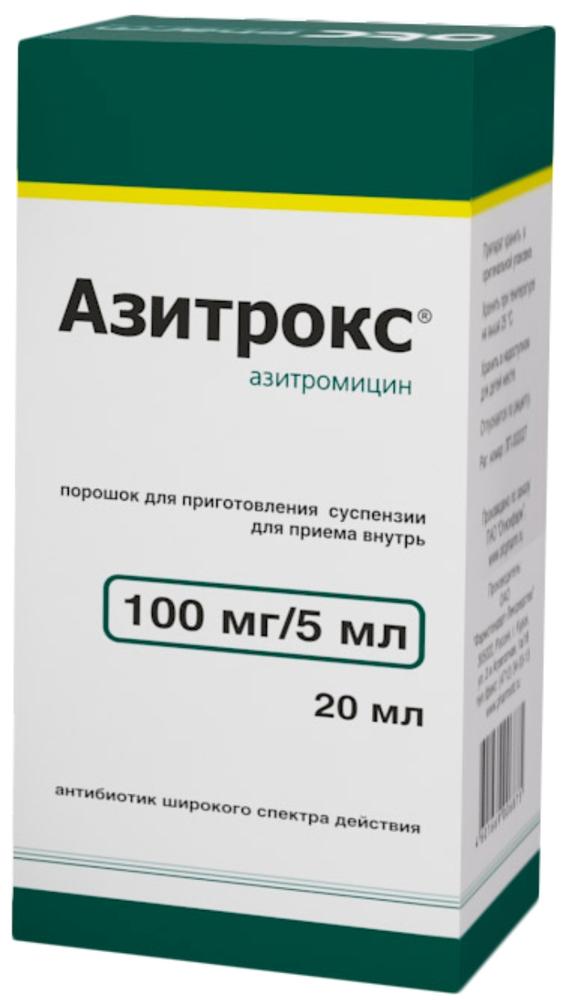
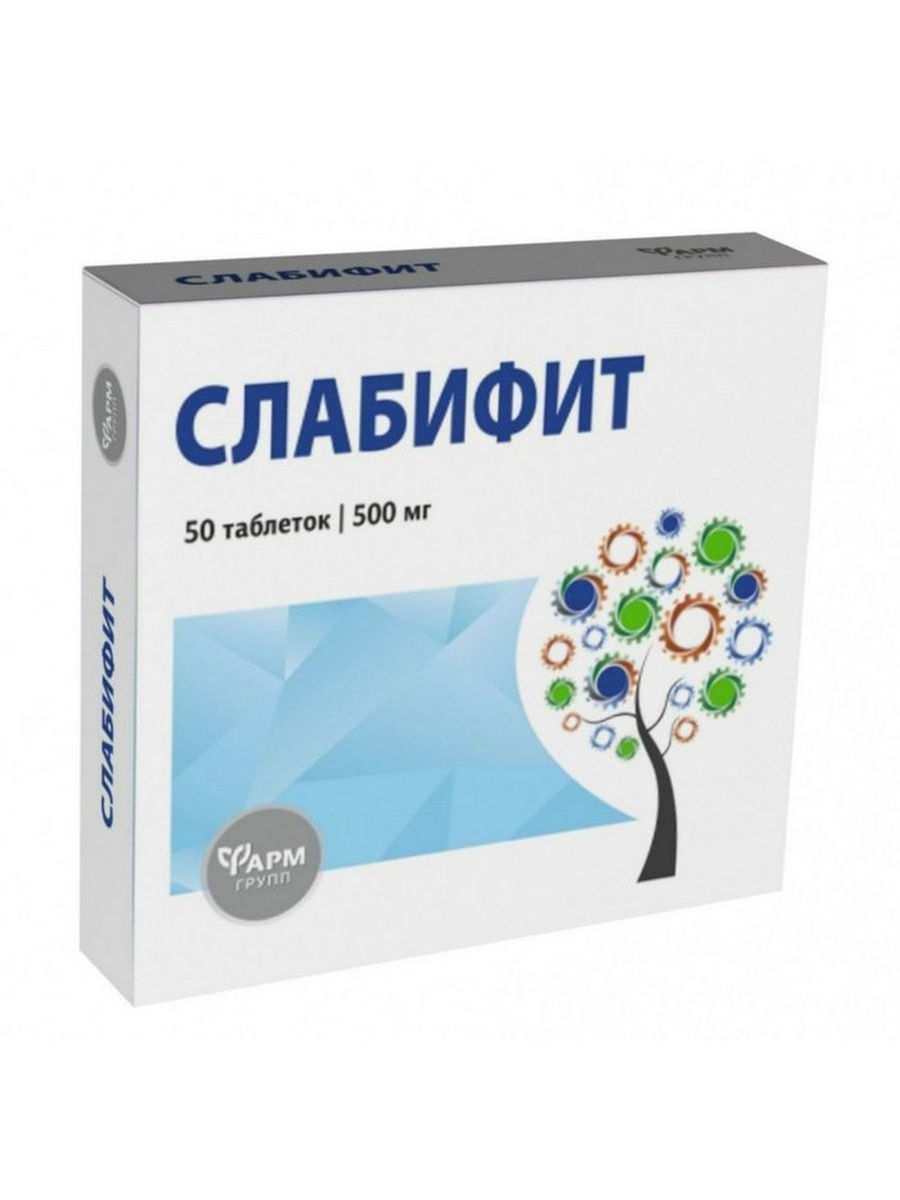
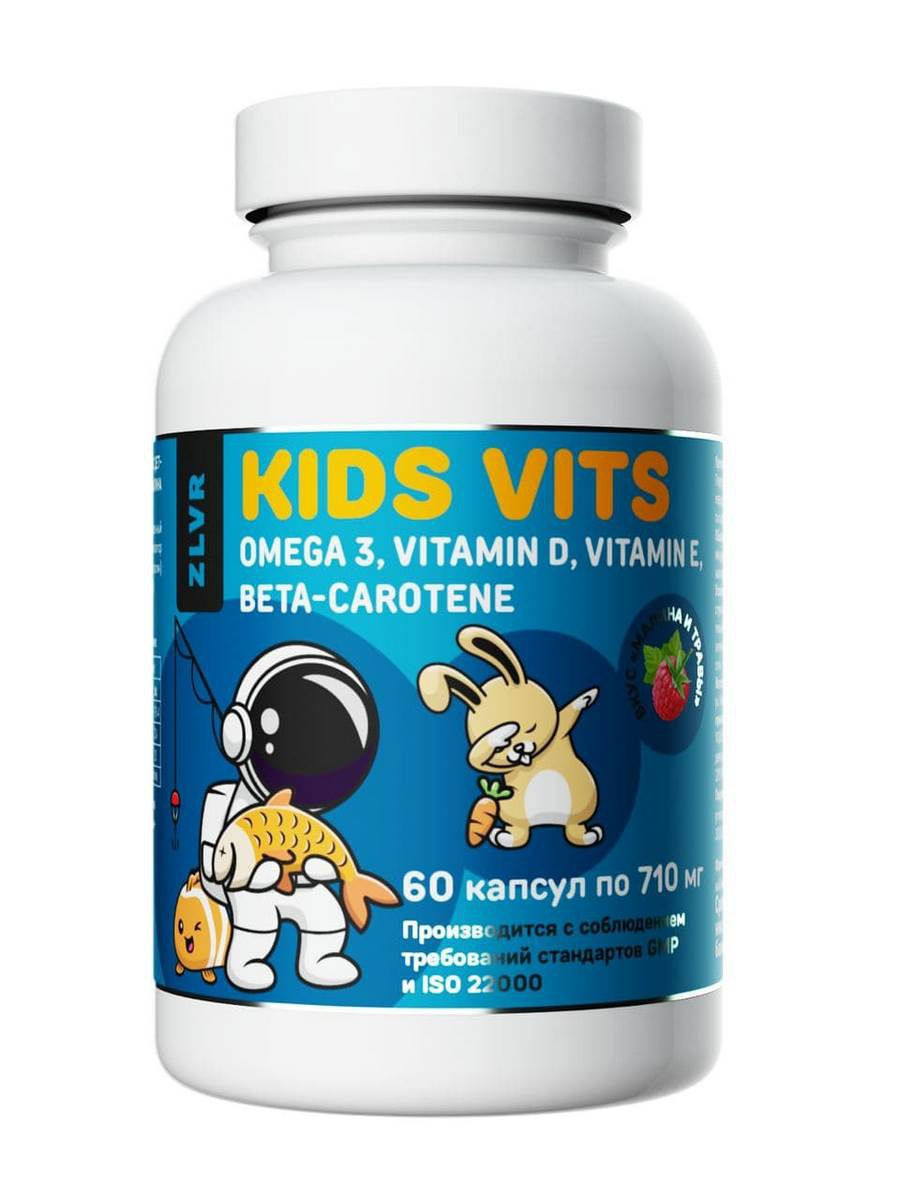
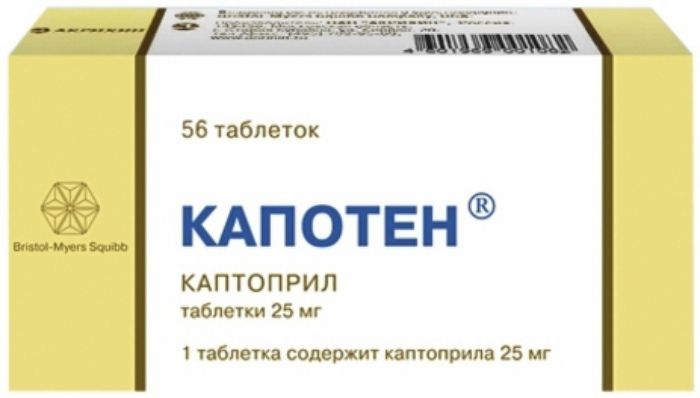
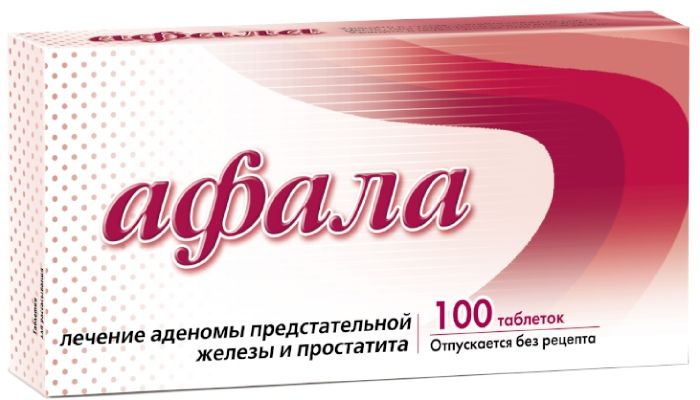






There are no reviews yet.